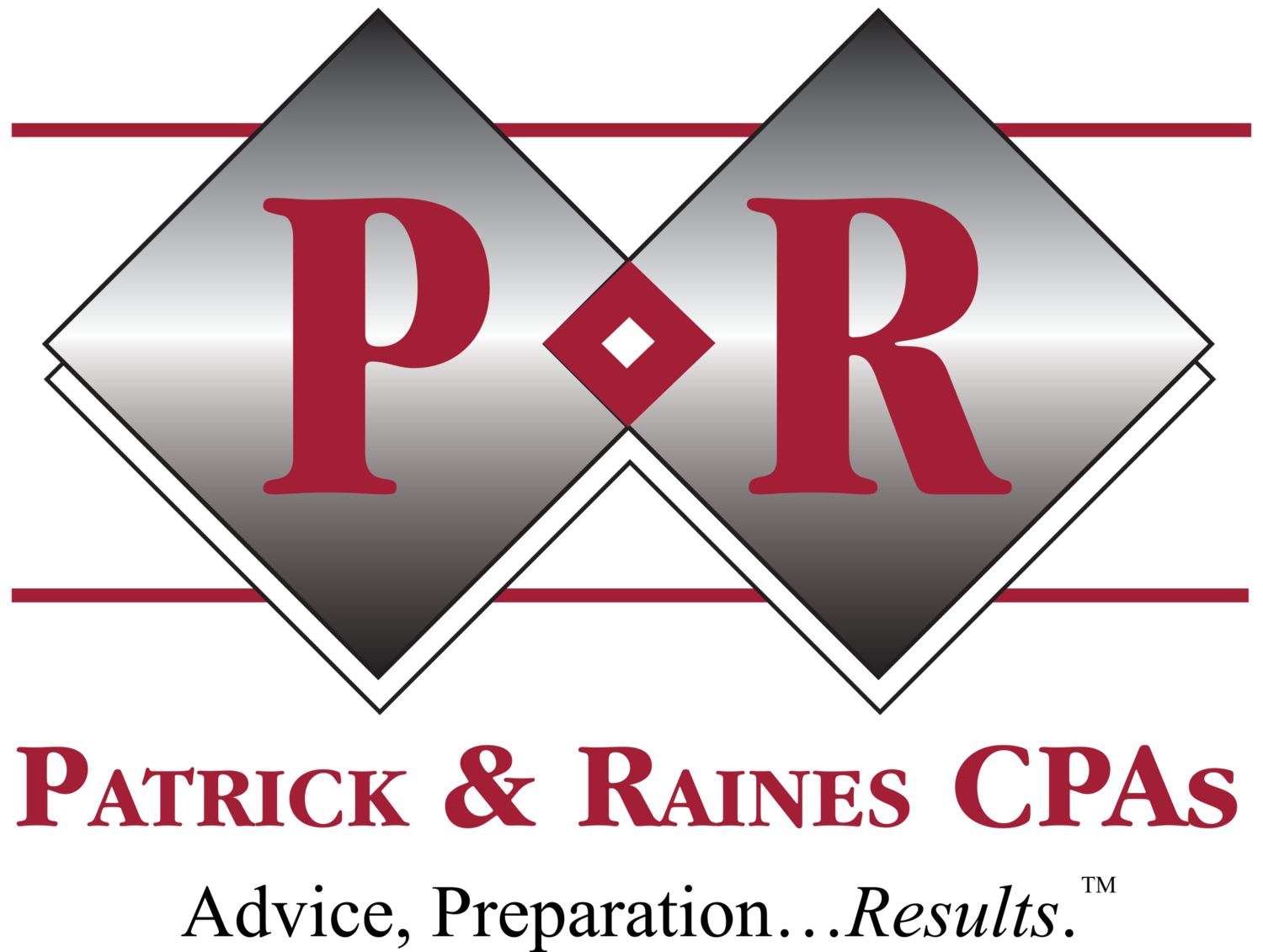Accounting policies and procedures are essential for nonprofits, too
Financial reporting isn’t all about profits. Not-for-profit entities can also benefit from implementing formal accounting processes. From preparing budgets and monitoring financial results to paying invoices and handling payroll tax, there’s a lot that falls under the accounting umbrella. Are these tasks, and others, being managed as efficiently at your organization as they could be?
Start with invoicing
A good first step toward accounting function improvement is creating policies and procedures for the monthly cutoff of recording vendor invoices and expenses. For instance, you could require all invoices to be submitted to the accounting department within one week after the end of each month. Too many adjustments — or waiting for employees or departments to weigh in — can waste time and delay the completion of your financial statements.
Another tip about invoices: It’s generally best not to enter only one invoice or cut only one check at a time. Set aside a block of time to do the job when you have multiple items to process.
You also may be able to save time at the end of the year by reconciling your balance sheet accounts each month. It’s a lot easier to correct errors when you catch them early. Also, reconcile accounts payable and accounts receivable subsidiary ledgers to your statements of financial position.
Think through data collection
Designing a coding cover sheet or stamp is another way to boost efficiency. An accounting clerk or bookkeeper needs a variety of information to enter vendor bills and donor gifts into your accounting system. You can speed up the process by collecting all the information on the invoice or donor check copy using a stamp. Route invoices for approval in a folder that lists your not-for-profit’s general ledger account numbers so that the employee entering data doesn’t have to look them up each time.
The cover sheet or stamp also should provide a place for the appropriate person to approve the invoice for payment. Use multiple-choice boxes to indicate which cost centers the amounts should be allocated to. Documentation of the invoice’s payment should also be recorded for reference. And your development staff should provide the details for any donor gifts prior to your staff recording them in the accounting system.
Optimize accounting software
Many organizations underuse the accounting software package they’ve purchased because they haven’t invested enough time to learn its full functionality. If needed, hire a trainer to review the software’s basic functions with staff and teach time-saving tricks and shortcuts.
Standardize the financial reports coming from your accounting software to meet your needs with no modification. This not only will reduce input errors but also will provide helpful financial information at any point, not just at month’s end.
Consider performing standard journal entries and payroll allocations automatically within your accounting software. Many systems have the ability to automate, for example, payroll allocations to various programs or vacation accrual reports. But review any estimates against actual figures periodically, and always adjust to the actual amount before closing your books at year end.
Ongoing review
Accounting processes can become inefficient over time if they aren’t monitored. Look for labor-intensive steps that could be automated or steps that don’t add value and could be eliminated. Also make sure that the individual or group that’s responsible for the organization’s financial oversight (for example, your CFO, treasurer or finance committee) promptly reviews monthly bank statements and financial statements for obvious errors or unexpected amounts. Contact us, the assurance team at Patrick & Raines CPAs, for more tips on how to improve the accounting function at your nonprofit. You can reach us by calling (904) 396-5400 or emailing office@CPAsite.com.
© 2022


